How to Match Rug Color with Your Bedroom Decor in 2025
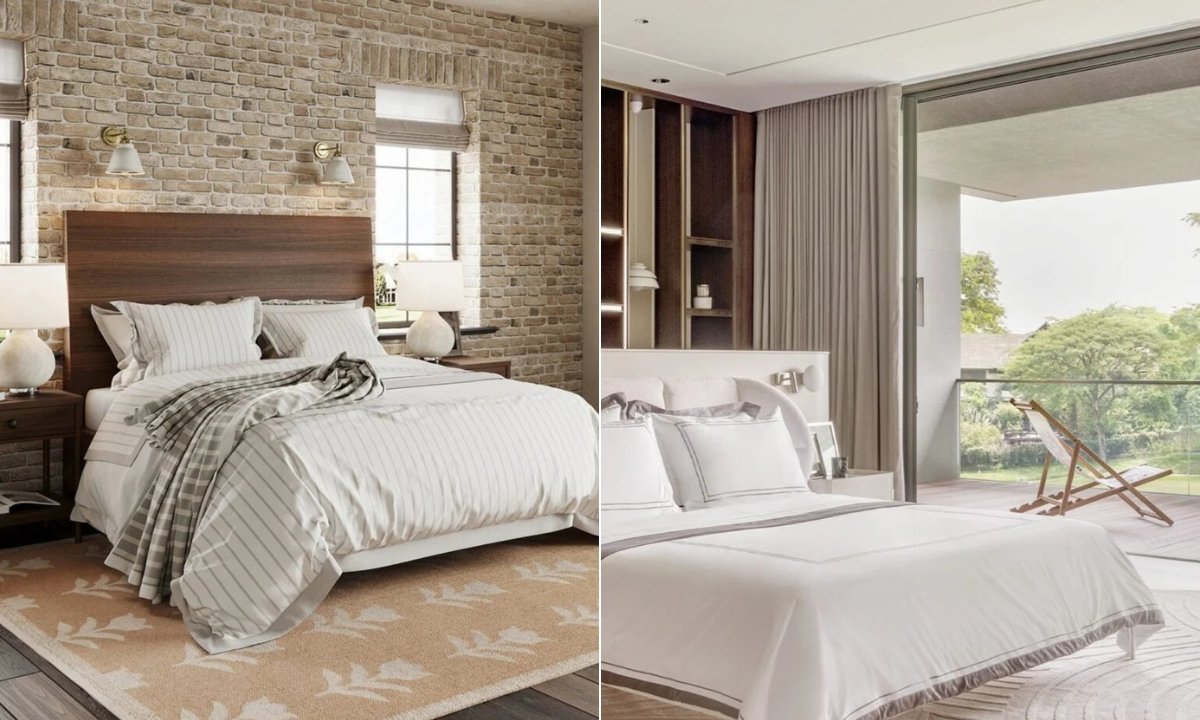
You found a rug you love, but when you roll it out in your bedroom, you realize it doesn’t work.
You see the walls clash, the bedding looks dull, and you feel the whole space shrink.
You forget that a rug isn’t just something under your feet, it’s what sets the tone for your entire room.
If you choose the wrong color, it will throw off the balance of everything else. But you don’t need a designer’s eye to fix it. You just need a few clear steps.
When you pick the right rug color, you tie your bedroom together, you make the space feel intentional, and you completely change the mood of your room.
Let’s jump into it!
What Size Rug Works Best in a Bedroom?
Color isn’t the only detail that makes your rug work, you control the space with size too.
You pick a rug that’s too small, and it looks lost under your bed. You go too big, and it swallows the room.
You need that sweet spot where the rug extends 18-24 inches beyond the sides and foot of your bed.
That way, you step right onto it every morning, and your rug feels anchored to the furniture instead of floating.
When you nail both size and color, you create the perfect balance in your bedroom.
4 Tips to Match Rug Colors with Bedroom Decor
1. Understand Your Fixed Color Palette
You need to start with what’s permanent in your bedroom: the walls, the big furniture, and the bedding.
These colors give you the base you’re working with.
You can look at the dominant shade first (like wall paint), then the secondary tones (bed or curtains), and finally the accent pops (pillows or lamps).
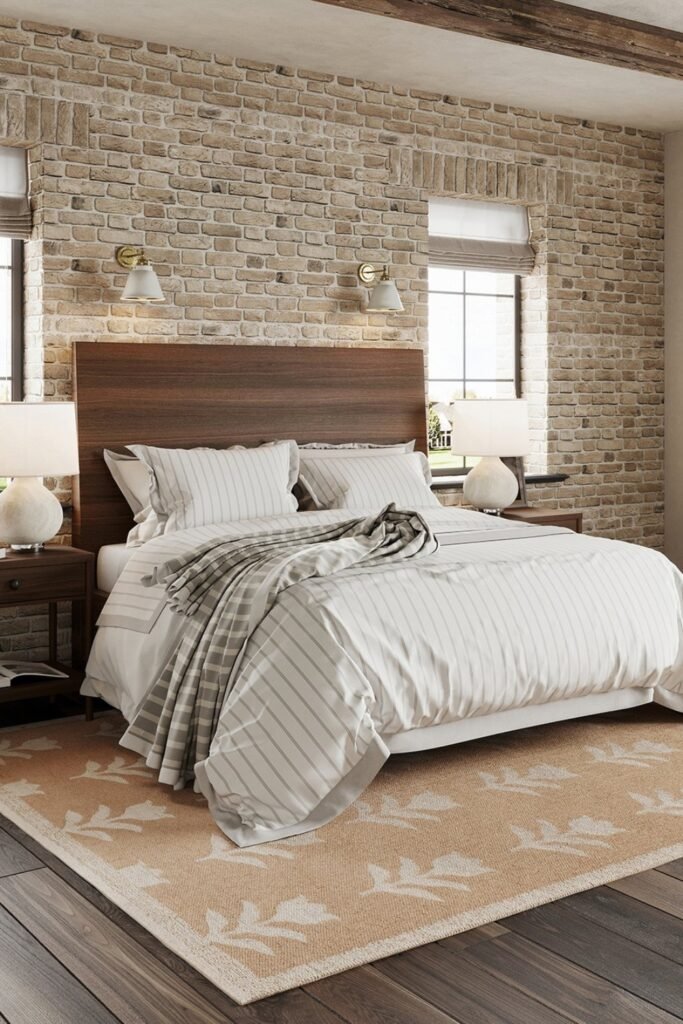
Your rug has to connect with one of these layers, not throw in a random new color.
If you have got gray walls, navy bedding, and gold accents, you can choose a beige rug with navy details.
That way, your rug will feel intentional, and you will be able to tie the whole room together instead of fighting your decor.
2. Match the Rug to Your Bedding
Your bedding takes up a huge portion of your bedroom, so you need to use it as your easiest guide for picking a rug color.
You can look at your duvet, comforter, or quilt. The main shade here sets the tone for your floor.
If your bedding is bold, like deep green or navy, you can balance it with a soft neutral rug.
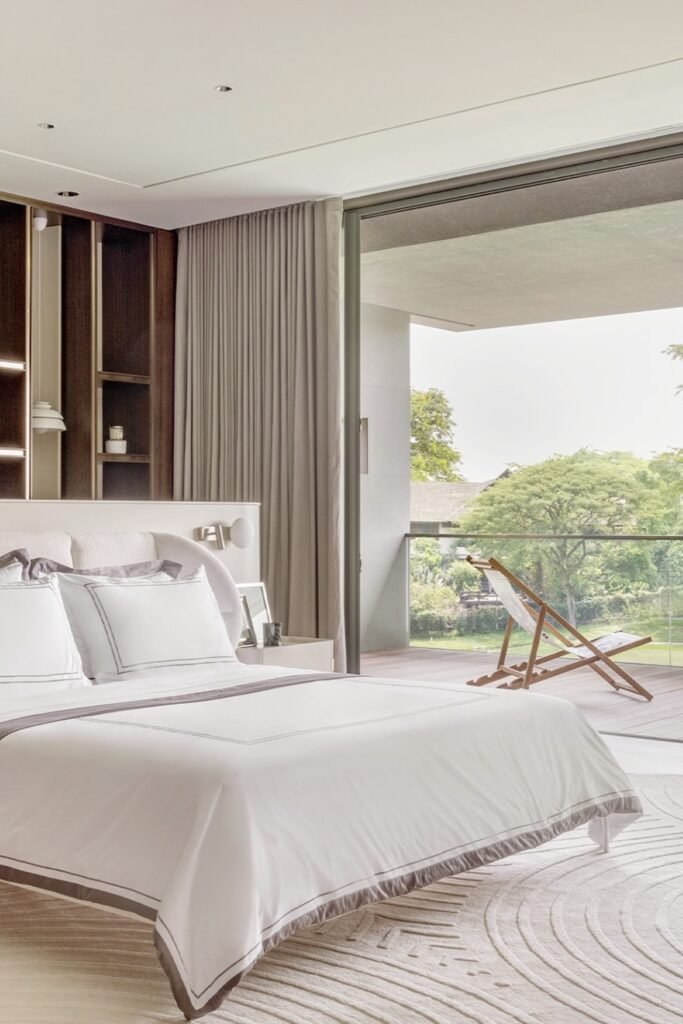
If your bedding is light and neutral, you can add warmth with a rug that brings in deep tones.
You can even echo the small details from your throw pillows or blankets.
For example, if you’ve got a cream comforter with rust-colored pillows, you can pick a rug that carries subtle rust accents.
3. Balance Warm and Cool Tones
Every color has an undertone, and this is where you usually make rug mistakes.
You need to know that warm tones carry hints of yellow, red, or gold, while cool tones lean toward blue, green, or gray.
If you’ve got cool undertones in your walls and bedding, and then you throw in a warm beige and tan rug, you will instantly feel like the whole room is “off.”
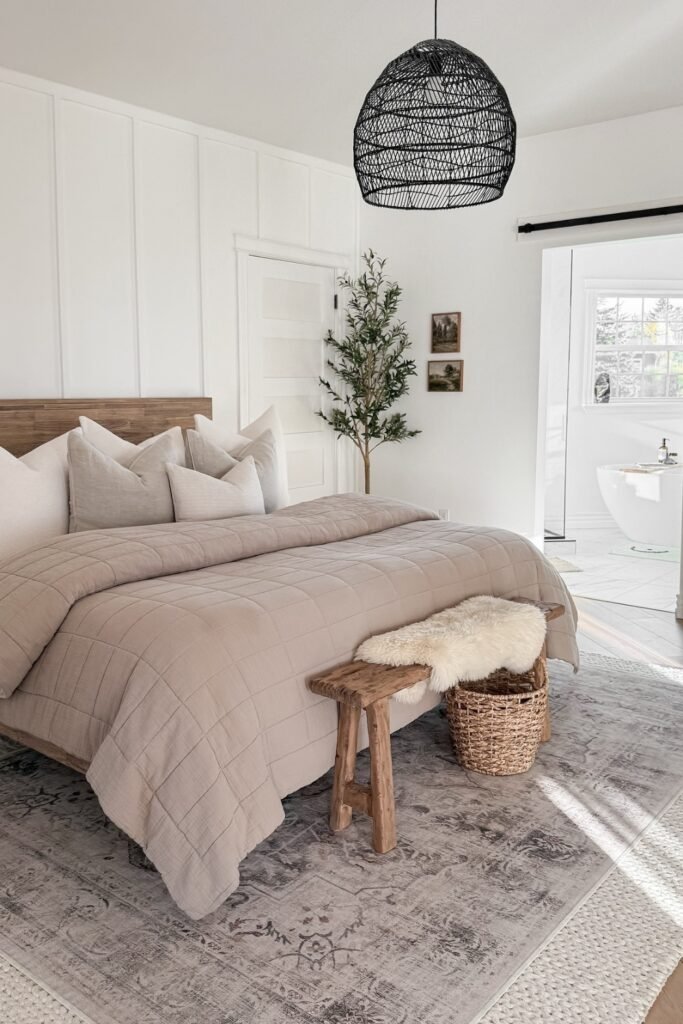
Instead, you should stick with cool grays or blues.
But if your furniture has rich wood with warm undertones, you can tie it together with a rug that has cream, taupe, or rust details.
And if you want contrast, you can do that too just make it intentional, like when you pair cool gray walls with a rug that has warm terracotta accents.
That’s how you keep your space pulled together instead of mismatched.
4. Use Rugs as an Accent or Neutral Base
You need to decide what role you want your rug to play in your bedroom.
If you already have bold bedding, patterned curtains, or colorful walls, you can let the rug act as the neutral base that grounds the space.
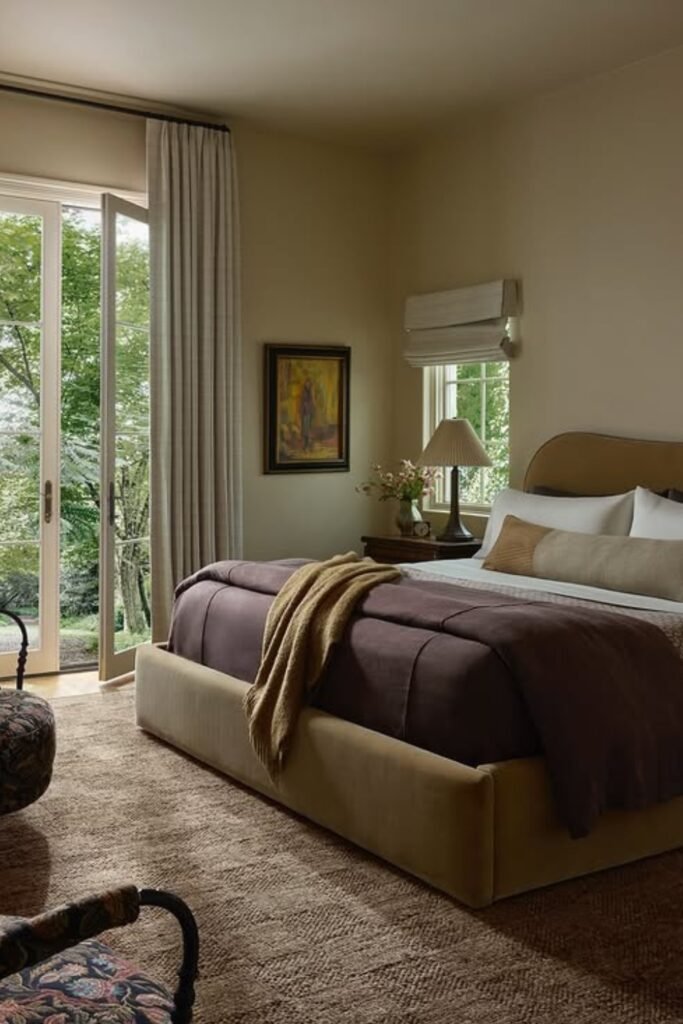
You can keep it calm and balanced with soft shades like beige, gray, and cream.
But if your room feels too plain, you can flip the script and let your rug become the accent piece.
You can bring in a patterned rug with rich colors like navy, burgundy, or emerald, and you instantly add energy.
The key is balance: when you already have busy elements, you have to keep your rug quiet; when your room feels flat, you can let your rug do the talking.
Common Mistakes and Quick Fixes
The biggest mistake most people make is to pick a rug just because they like the pattern without caring about how it fits their room.
You can roll it out, and suddenly it clashes with everything.
You also trip up when you ignore undertones that a “gray” rug with a blue base will never blend with your beige walls.
You can make your bedroom feel cramped when you choose rugs that are too dark, and you set yourself up for stains when you go too light in a busy room.
The fix is in your hands; you can test swatches at home, you can check the rug under different lights, and you can anchor your furniture with the right size.
Conclusion
Choosing the right rug color isn’t luck, it’s about how you make it work with what you already own.
You can set the tone by paying attention to your fixed palette, avoid clashes by checking undertones, and decide whether your rug plays neutral or bold.
When you check it under your lighting and balance the patterns, you avoid the mistakes most people fall into.
The rug you choose doesn’t just sit on the floor, you use it to pull your bedding, furniture, and accents together so your whole room feels intentional and inviting..
FAQs
Should my rug match the curtains in my bedroom?
You don’t need your rug to be the same color as your curtains, but you do need to match their undertones or pick shades that complement each other.
If your curtains are cool gray, you choose a rug with blue or silver hints so everything flows. If you bring in warm beige instead, you throw the balance off.
You treat them like teammates working together, not twins trying to look identical.
Can I use a patterned rug in a small bedroom?
Yes, scale is everything. You pick the wrong scale, and the whole room feels off.
Large, busy patterns overwhelm a small bedroom, but when you choose subtle or medium-scale patterns, you create interest without clutter.
You go for soft contrast or a repeating design, and suddenly your rug adds depth instead of shrinking the space.
You may love to read!
